High pressure rotary valves up to 350 bar - HPLC, GC
Injection and selection rotary valves play a crucial role in the operation of High-Performance Liquid Chromatography (HPLC) systems, facilitating the precise and automated introduction of samples into the chromatographic column. These valves are integral components in the sample injection process, ensuring accuracy, reproducibility, and efficiency in HPLC analyses.
Product overview
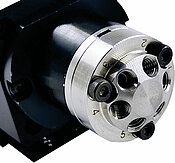
2-Position 6-Port injection rotary valve - 350 bar
- 2-position 6-port injection
- Material: PEEK or 316 stainless steel
- Channel diameter: 0.4mm
- Max. pressure: 350 bar
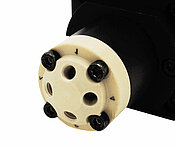
2-Position 4-Port injection rotary valve for up to 350 bar
- 2-position 4-port injection
- Material: PEEK
- Channel diameter: 0.4mm
- Max. pressure: 350 bar
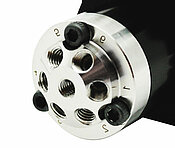
6-Position 7-Port selection rotary valve with - 350 bar
- 6-position 7-port selection
- Material: 316 stainless steel
- Channel diameter: 0.4 mm
- Max. Pressure: 350 bar
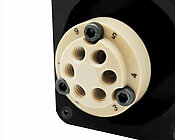
2-Position 6-Port injection rotary valve up to 250 bar
- 2-position 6-port injection
- Material: PEEK
- Channel diameter: 1.0mm
- Max. pressure: 250 bar
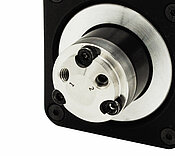
2-Position 3-Port selection rotary valve for up to 250 bar
- 2-position 3-port rotary valve (3/2-way) for selection
- Material: 316 stainless steel
- Channel diameter: 1.0 mm
- Max. pressure: 250 bar

8-Position 9-Port selection rotary valve - 80 bar
- 8-position 9-port rotary valve for selection
- Material: PEEK
- Channel diameter: 1.0 mm
- Max. pressure: 80 bar
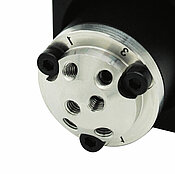
2-Inlets 4-Outlets double selection rotary valve - 250bar
- 2-inlets and 4-outlets rotary valve as a parallel multiple switching valve (2 x 3/3-way)
- Material: 316 stainless steel
- Channel diameter: 0.6 mm
- Max. pressure: 250 bar

HPLC & GC Accessoires - Fittiges, Capillary Tubing
Accessories for HPLC
- PEEK capillary tubing - up to 343 bar
- Stainless steel capillary tubes - up to 800 bar
- Sample probes made of stainless steel - up to 800 bar
- 10-32UNF PEEK fittings up to 350 bar
Injection Rotary Valves
Injection rotary valves are responsible for the controlled introduction of liquid samples into the chromatographic system. These valves are typically positioned between the sample loop and the chromatographic column. The sample loop is a key element in the injection process, temporarily storing the sample before it is introduced into the mobile phase flow.
The injection rotary valve operates by rotating to align the sample loop with the mobile phase flow path. When the valve is in the injection position, the sample is introduced into the mobile phase, initiating the chromatographic separation process. Precise control over the injection volume is crucial for obtaining accurate and reproducible results in HPLC analyses.
Selection Rotary Valves
Selection rotary valves are employed in multi-column HPLC systems where multiple columns are connected in parallel or series. These valves play a pivotal role in directing the flow of the mobile phase and determining which column or combination of columns the eluent will pass through. By rotating to different positions, selection valves allow for the seamless switching between columns, enabling versatility in chromatographic applications.
The ability to select columns in real-time is particularly valuable in complex analytical scenarios. For instance, in multidimensional chromatography, selection rotary valves enable the comprehensive separation of complex mixtures by using different stationary phases in various dimensions.

